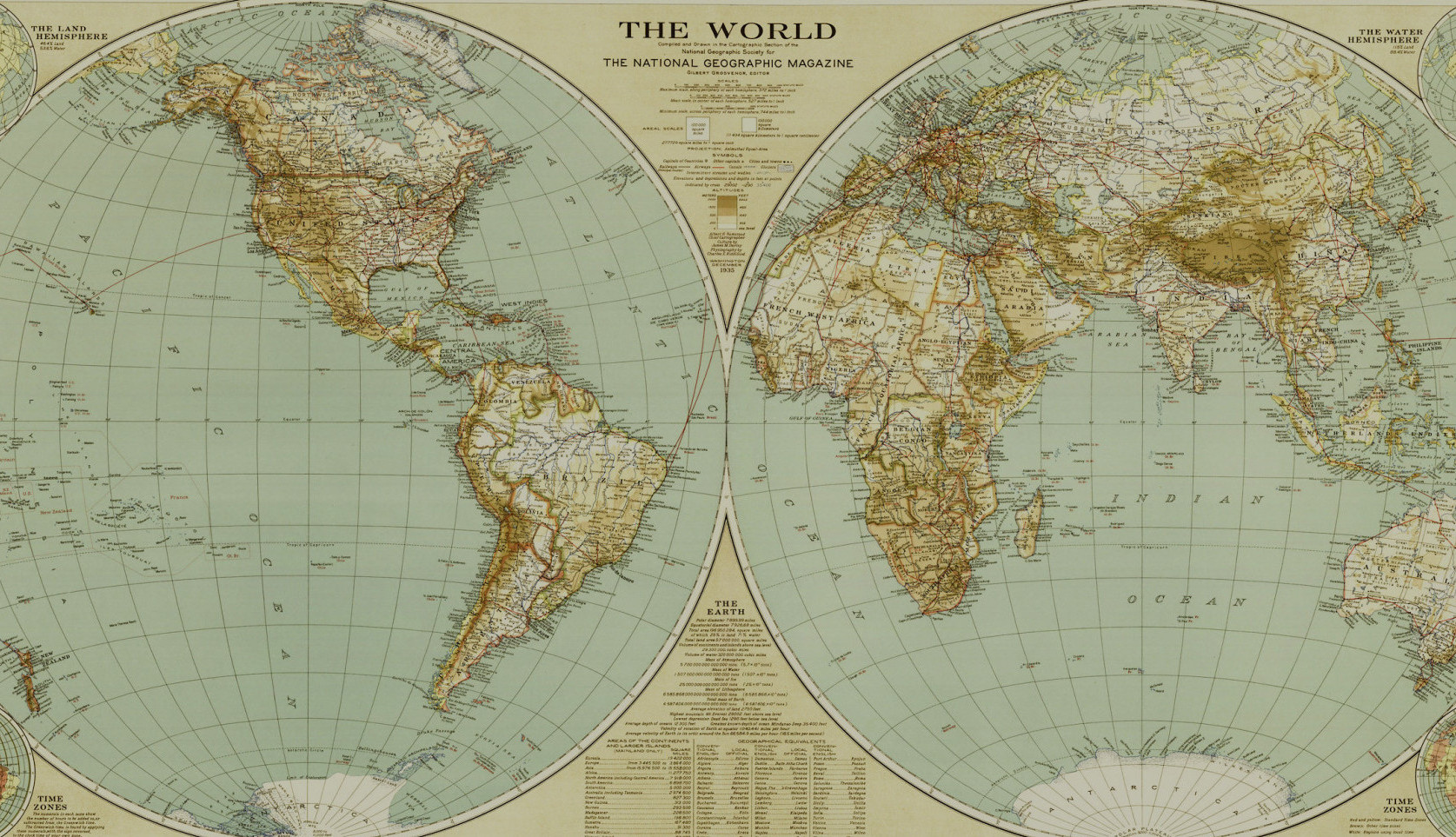Month four of Global Archaeology was spent on the Yucatán Peninsula of Mexico. Jutting out between the Caribbean Sea to the east and the Gulf of Mexico to the north and west, the Yucatán is a popular destination for holiday makers. While most head to the famous Mayan Riviera on the eastern Caribbean coast, I was based right in the centre of the peninsula spending my time between the towns of Valladolid and Calotmul, and the village of Tahcabo where we were excavating.
Doing fieldwork in the intense April heat was not easy! But even more of a challenge was being immersed in the Spanish language. I arrived in Mexico having never spoken Spanish before and many of the people we worked with did not speak English. I did my best to learn new vocabulary and phrases every day and by the end of my month I had even learned some Maya! It was really important to me to be able to communicate with my new Mexican colleagues and friends, and it was a privilege to learn from them. Since my Spanish immersion was based on an archaeological excavation I ended up learning what I call Archaeo-Español!
On our days off from the excavation we stayed in the large town of Valladolid. This is a bustling spot that is dotted with historic landmarks. A wonderful introduction to the town is the beautiful weekly projection show put on by the Convento de San Bernardino de Siena that outlines the history of Valladolid. The area of the current town has been occupied since before Spaniards arrived and it has seen a few ‘ups and downs’ in terms of its prosperity and political stability. These days it is a major crossroads for tourists. One of the most visited sites is the collection of folk art from across Mexico held at the Casa de los Venados. Each day there is a tour of this private home and the knowledgeable guides give a first-rate overview of the Mexican folk art styles and techniques on display. All proceeds from the tours are put towards local community initiatives.
One of my first uniquely Mexican experiences was swimming in the Cenote Zaci in Valladolid. It felt wonderful walking down the steps to the cool water and escaping the intense April heat! Another respite from the heat were the delicious soy milk frappuccino’s from Café Arte in the Interior Bazar Municipal, on the main town square. There are lots of lovely small shops to visit in the centre of town and I picked up some neat gifts like a bottle of the Xtabentún liqueur made only in the Yucatán from anise and honey produced by bees who feast on nectar from the xtabentún flower. Also not to be missed is the fantastic Mercado Municipal where you can purchase local produce, meat and cheese, handicrafts, sweets and spice mixes.
Enjoying good food was a major part of my time in Mexico. On the days we were excavating we were served lunch at a home in Tahcabo. The home cooked Yucatec Maya dishes we were served have forever changed my perception of Mexican cuisine! Cooking and eating local foods is a great way to really experience local culture and traditions. There are fruits, spice mixes and herbs used in the Yucatán that you can’t find anywhere else. Lunches were soups, tamales, and/or meat, always with handmade maize tortillas and at least one flavourful ‘salsa’. The women who cooked for us have been friends of the PACOY project for years and were very happy to share their culinary knowledge with me. The archaeology team even spent a morning preparing the iconic ‘Sopa de Lima’ and trying our hands at tortilla making.
Because we were excavating in a small village there were plenty of domesticated animals, birds and bugs to see (like the baby Tarantula we dug up!). But the wildlife highlight of my time in Mexico was the jaunt we took up to Río Lagartos (Alligator River) on the northern coast of the peninsula. The Reserva de la Biosfera Río Lagartos is a national biosphere reserve that is composed mainly of the mangrove lagoon, but the area around the town of Río Lagartos also has vast salt flats, a therapeutic mud bath spot and beautiful sandy beaches. In the span of a few hours I saw cormorants, herons, gulls, pelicans, flamingos, crocodiles (very close!), iguanas, crabs and fish. We were taken out on a local fisherman’s boat and had fried fish for lunch at his house. Nothing beats fresh fish with corn tortillas and tomato salad!
Another day off from excavating was spent in the large city of Mérida on the northwest of the peninsula. This is the capital of the Yucatán state and as such is home to museums, art galleries, churches, theatres, higher education institutions and a vibrant restaurant scene. I visited the Museo de Antropología e Historia ‘Palacio Cantón’ to see a wonderful exhibit on traditional Maya textiles and their permanent exhibit of ancient Maya objects. Mérida sits on the site of (and in some cases is literally built from the stones of) the Maya city of T’hó and the objects on display tell the story of the ancient inhabitants of the area. It is easy to perceive Mérida as stuck in the past but dinner at La Negrita Cantina showed me it’s young, vibrant, salsa dancing side!
There is so much to see and do in the Yucatán! Exquisite examples of Mayan ruins, like Chichén Itzá and Ek Balam, are easily reached as a day trip from Valladolid. If relaxing on the beach is more your thing, there are plenty of resorts to choose from! And don’t forget: this is the homeland of chocolate! It is a hot, loud yet peaceful, tasty, relaxing and exciting place to visit and there is something for all types of explorers to experience and enjoy.
Lonely Planet: Yucatan Peninsula
